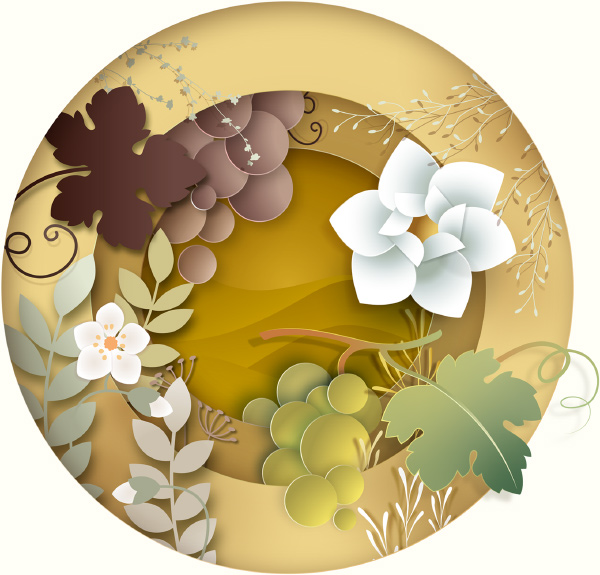Vineyard & Soil/Climate
Our champagne is the fruit of ancestral know-how and also of the character of the champagne regional soil and the selection of grape varieties.
The soil and climate

The harsh climate of the champagne country has a wonderful positive side: a slow and regular ripening which favours the finesse of the aromas and an excellent balance between acidity and sweetness, to guarantee freshness and fullness.
Planted on a hillside on a chalky subsoil, the vine enjoys 3 advantages:
- Optimum exposure to the sun
- A poor soil that allows the vine to concentrate on producing grapes rather than wood
- Control of the supply of water thanks to the chalky subsoil
The varieties

After nearly twenty centuries of vine growing in Champagne, the following three varieties were selected:
PINOT NOIR:
This black grape with white juice is found on Montagne de Reims and in the Côte des Bars (Aube). It confers body, strength and good length on the palate to the wine. It is responsible for the soft fruit aromas of champagne. Pinot Noir represents 37% of the champagne vines.
PINOT MEUNIER:
This vigorous variety thrives in the rich soils of the Marne valley. It is a black grape with white juice, lending the wine its freshness and fruity hints. Pinot Meunier represents 37% of the champagne vine population.
CHARDONNAY:
This variety is found on the Côte des Blancs and also in the Sézannais (Marne). This white grape is synonymous with elegance and finesse and lends the wine the delicate aromas of wild flowers, citrus and exotic fruits. Chardonnay represents 26% of the champagne vines.
The name “Champagne” is strictly limited to an area of 35,000 hectares. The champagne vineyards owe their richness to an extraordinary fragmentation: with more than 300 villages or "crus" and a mosaic of small plots, each variety expresses its personality differently, bringing an incredible complexity to the champagne wine.




